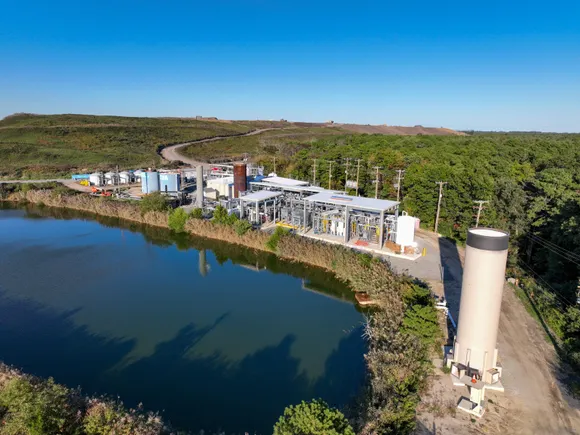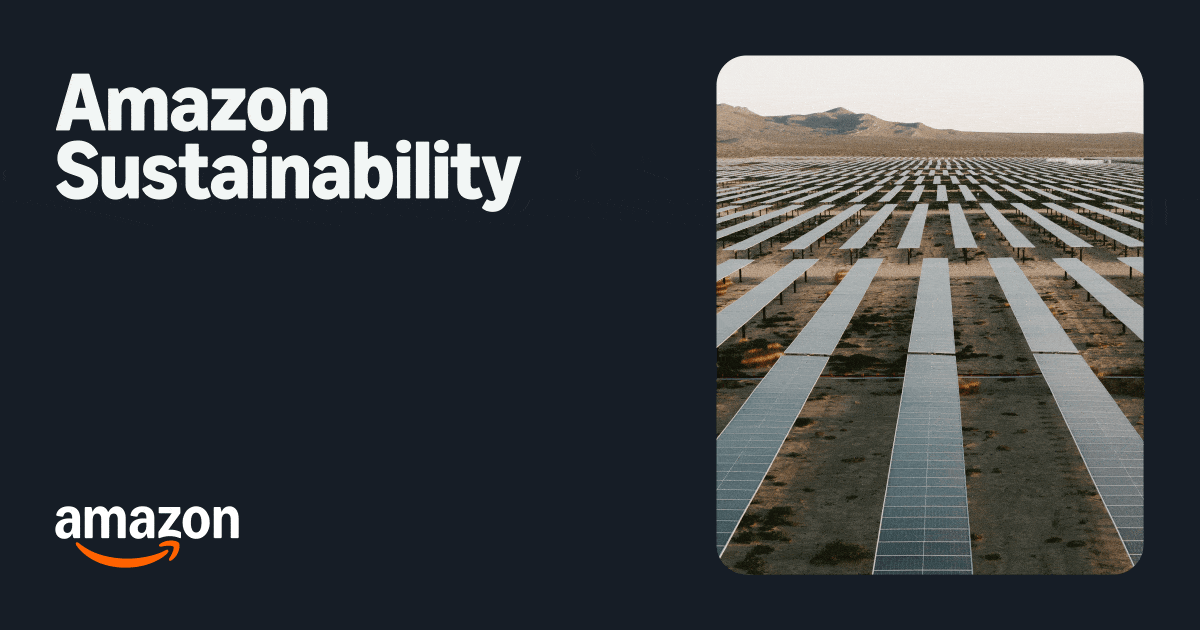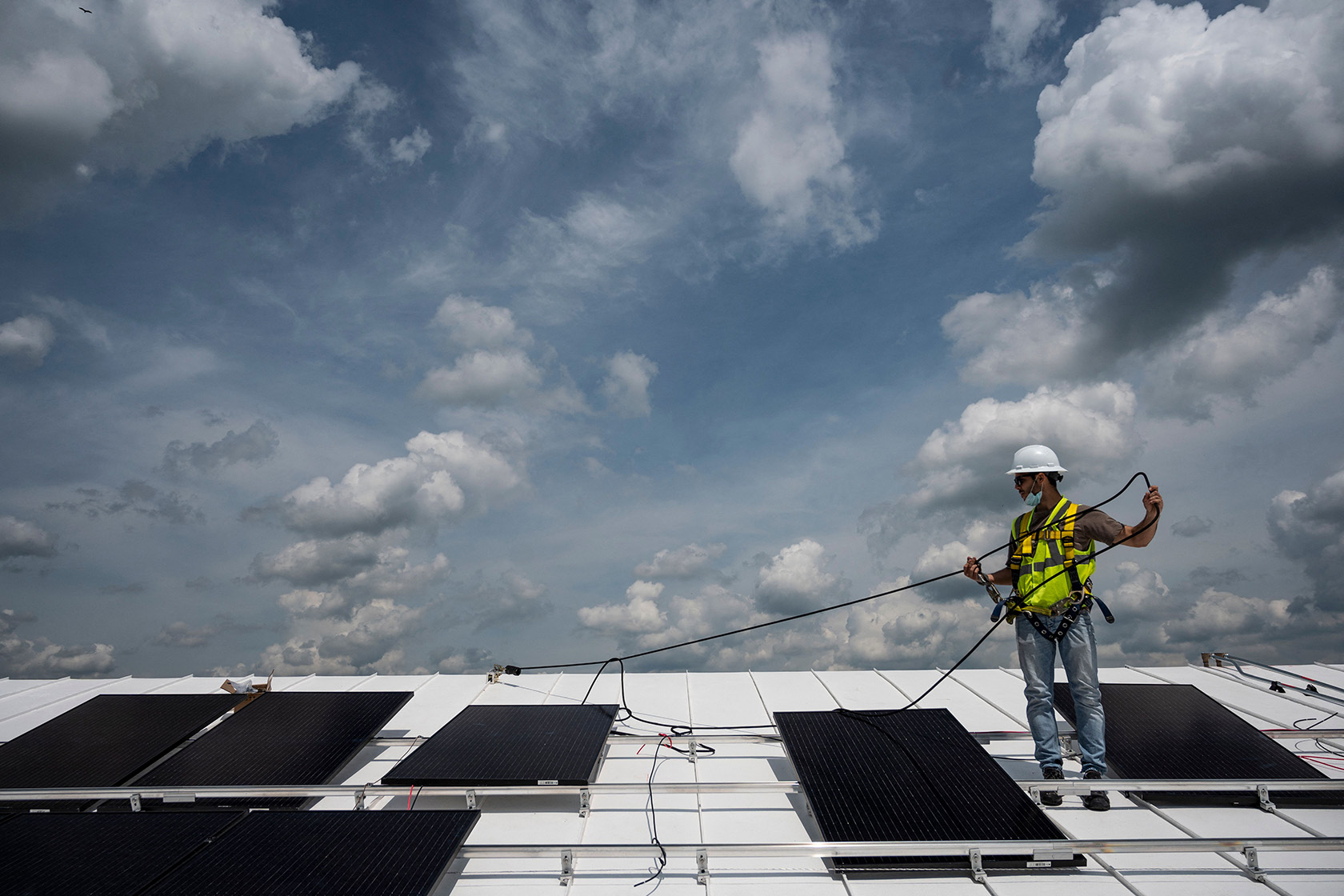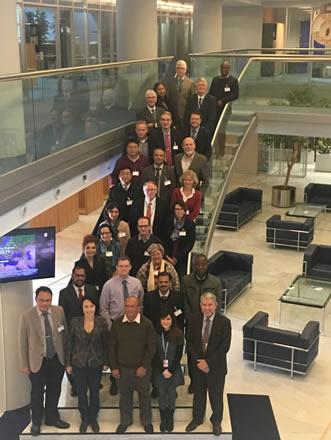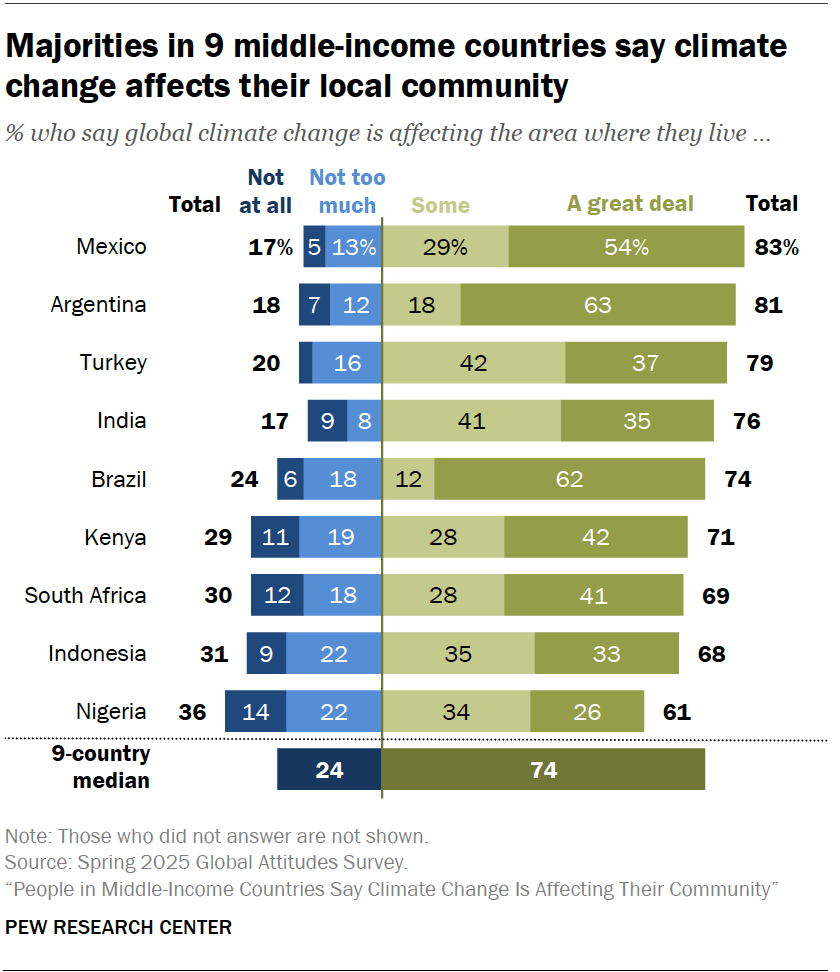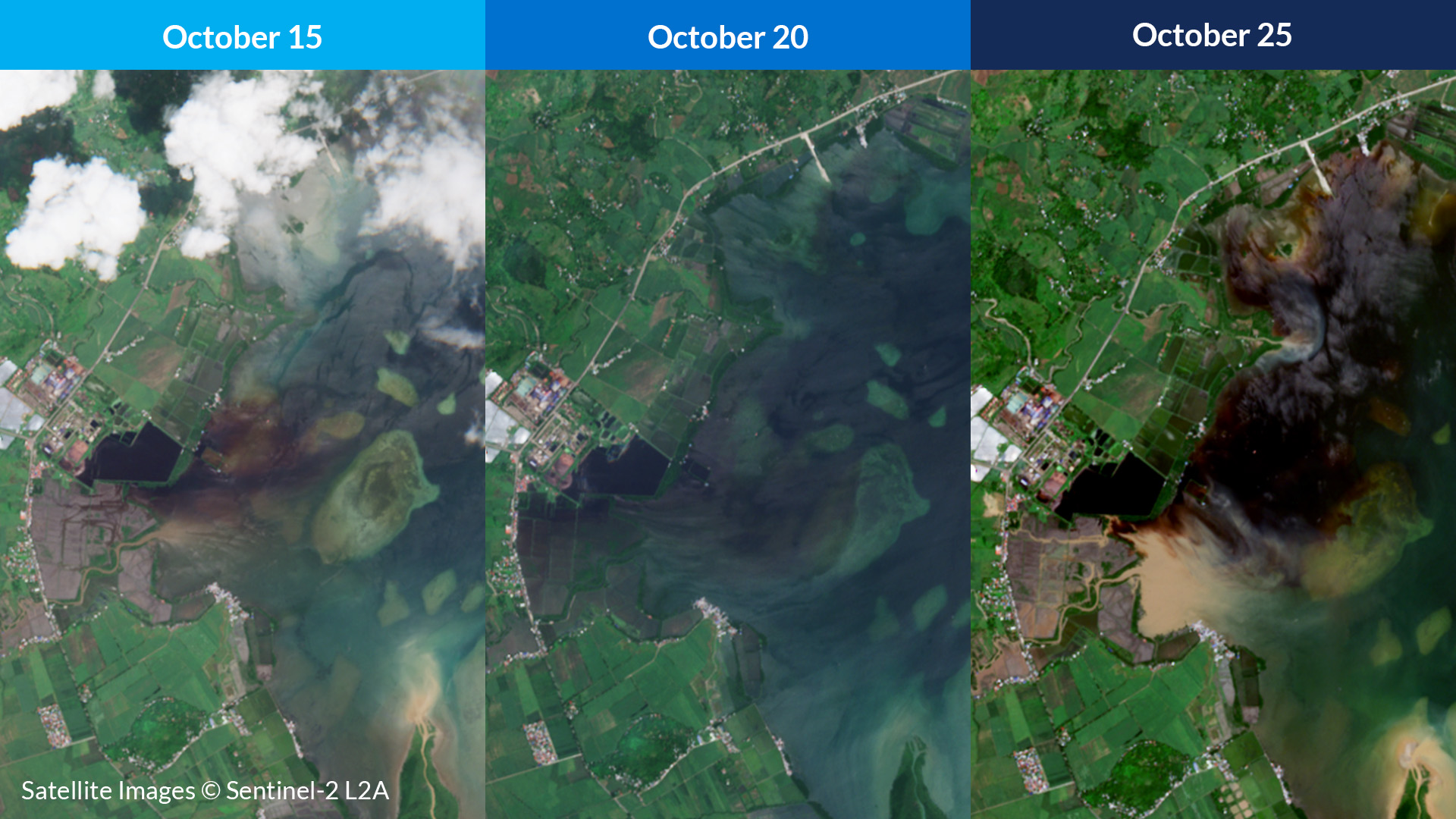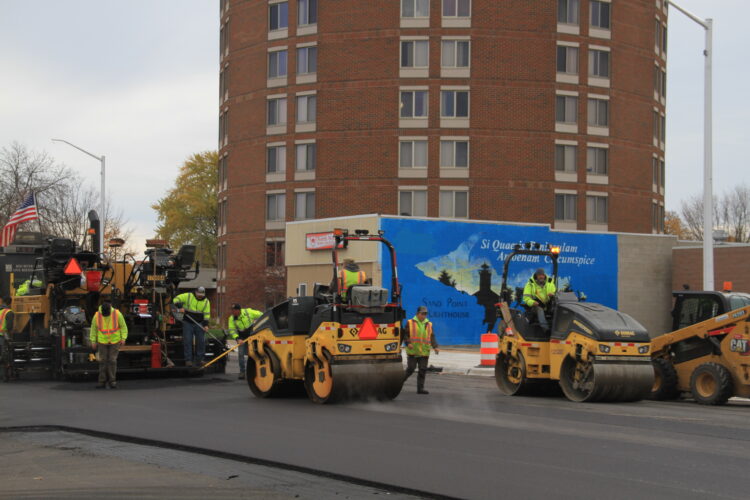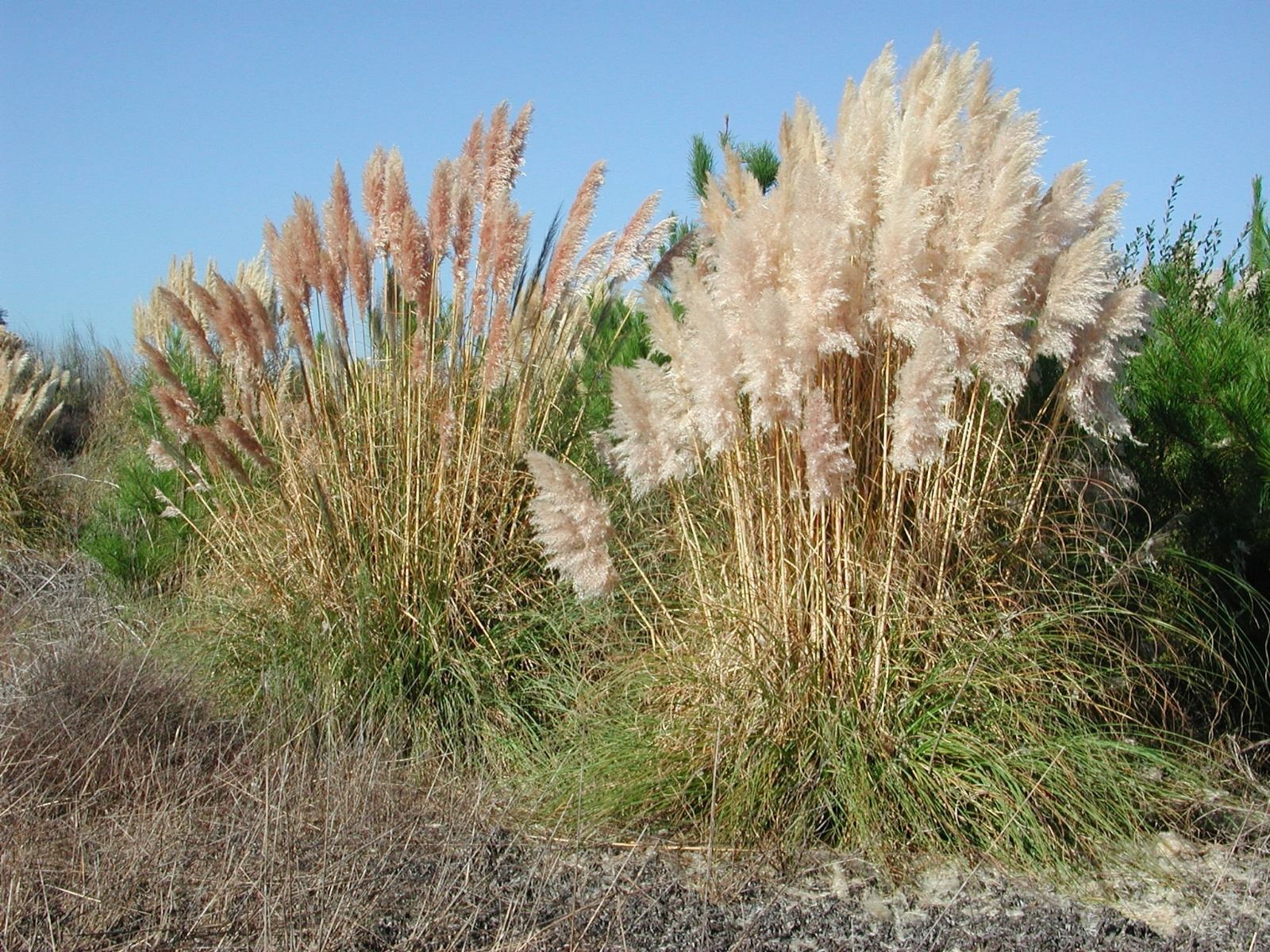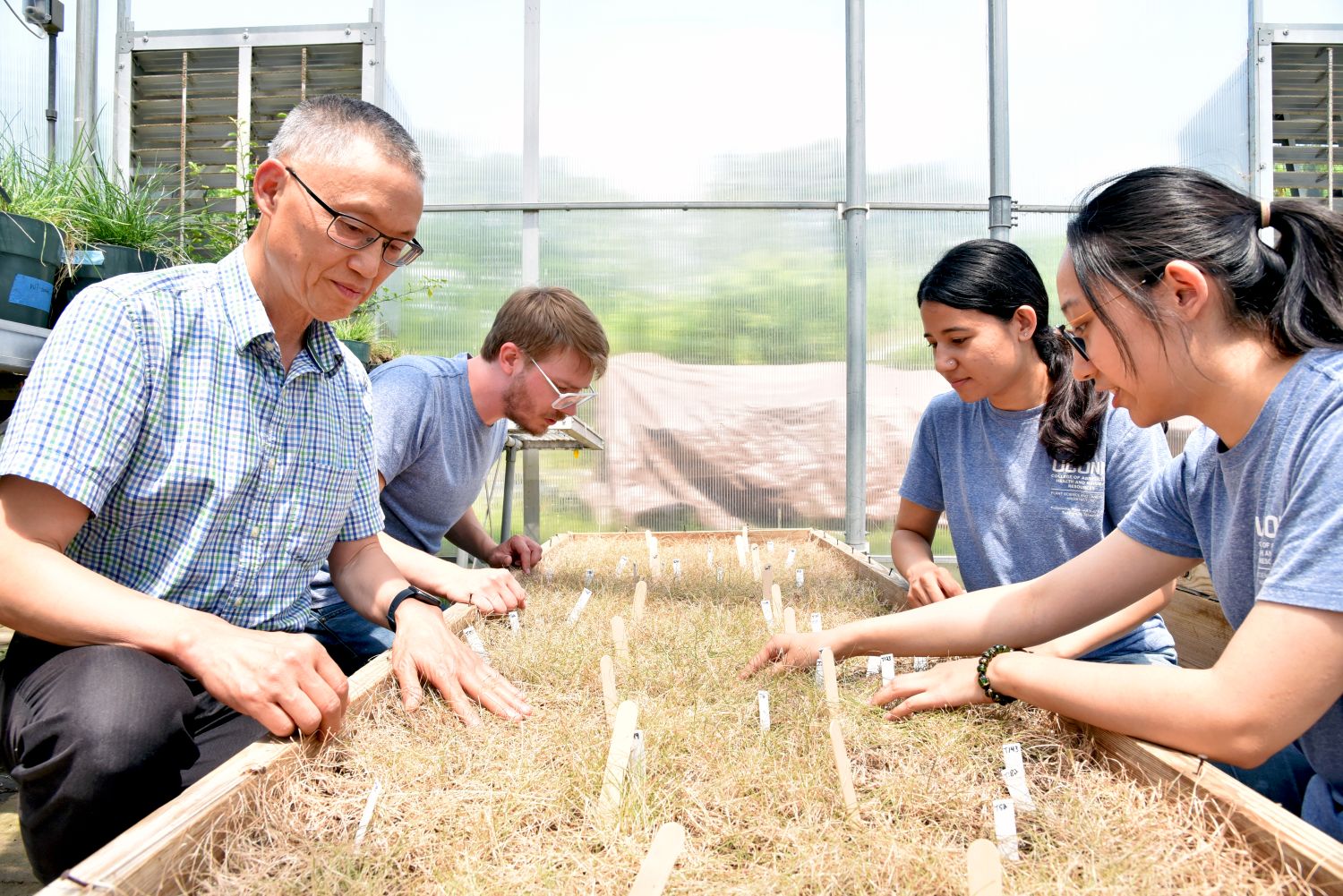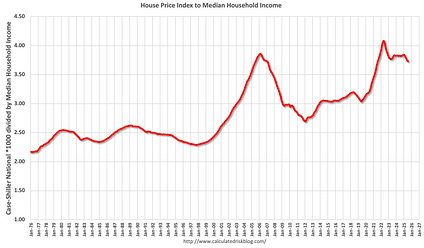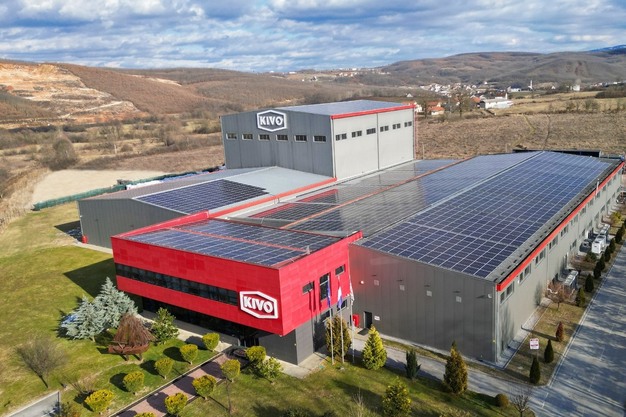AI for sustainable farming in South Asia – New Age BD

Report on the Integration of Artificial Intelligence in South Asian Agriculture for Sustainable Development
Introduction: Agricultural Pressures and the SDG Imperative
The agricultural sector in South Asia is confronting significant challenges, including rising population pressure, climate volatility, and a pronounced digital divide. The Food and Agriculture Organisation projects a 60 per cent increase in global food demand by 2050, intensifying the need for enhanced agricultural productivity with finite resources. This situation is particularly critical in South Asia, a region that houses a quarter of the world’s population and features highly climate-vulnerable agricultural communities. With approximately 41.93 per cent of the region’s employment reliant on agriculture, the sector’s stability is fundamental to achieving SDG 1 (No Poverty) and SDG 2 (Zero Hunger). Traditional, resource-intensive farming practices exacerbate vulnerabilities to climate change and resource depletion. Consequently, the integration of Artificial Intelligence (AI) is no longer a futuristic concept but a strategic necessity to advance towards sustainable farming, conserve natural resources in line with SDG 13 (Climate Action), and uplift rural economies as per SDG 8 (Decent Work and Economic Growth).
AI as a Catalyst for Sustainable Agricultural Practices
Artificial Intelligence offers transformative solutions to long-standing agricultural inefficiencies, directly supporting several Sustainable Development Goals.
Enhancing Resource Management and Productivity
- Water Conservation (SDG 6): With over 70 per cent of South Asia’s freshwater used for agriculture, often inefficiently, AI provides data-driven solutions for precise irrigation, significantly reducing water waste.
- Responsible Production (SDG 12): AI-powered systems analyse large-scale data to enable smarter planning, reducing the overuse of fertilisers and pesticides. AI image recognition and soil data modelling allow for targeted interventions, minimising chemical runoff and promoting environmental health.
- Food Security (SDG 2): By optimising resource use, predicting demand, and reducing post-harvest losses through efficient logistics and price prediction, AI enhances overall productivity and food system resilience.
Building Climate Resilience and Economic Inclusion
- Climate Action (SDG 13): AI systems provide farmers with predictive climate risk information and suggest resilient crop varieties, enabling them to adapt to and mitigate the impacts of floods, droughts, and unpredictable weather patterns.
- Reduced Inequalities (SDG 10): By simplifying complex data into actionable insights, often through accessible mobile applications, AI can empower smallholder farmers, bridging the digital and economic divide between rural and urban areas.
Case Studies: AI Implementation Across South Asia
The theoretical benefits of AI are being realised through various agri-tech platforms across the region, demonstrating tangible progress towards the SDGs.
- Bangladesh: Platforms such as iFarmer, Krishi Network, and AgroShift are empowering farmers with tools for risk profiling, demand forecasting, and AI soil data modelling. These innovations contribute to easier loan access, reduced chemical waste, higher profit margins, and water conservation, aligning with SDG 1, SDG 2, SDG 6, and SDG 12.
- India: Startups like Cropin, Fasal, and DeHaat are leading the way in precision agriculture and supply chain optimisation. Their technologies promote the efficient use of natural resources and enhance traceability, contributing to greater sustainability and supporting SDG 9 (Industry, Innovation and Infrastructure) and SDG 12.
- Pakistan: Ricult utilises AI for farm-level decision-making, credit scoring, and satellite-driven precision farming, enhancing economic opportunities (SDG 8) and promoting efficient production (SDG 12).
- Sri Lanka: Initiatives like Govi Mithuru and SenzAgro provide farmers with AI-enhanced mobile advisory services, harvest notifications, and cultivation guidance, improving yields and farmer knowledge.
- Nepal: Firms including Smart Krishi and aQysta offer location-based crop advisory and livestock disease prediction, bolstering agricultural resilience in line with SDG 2.
- Afghanistan: Projects such as the National Horticulture & Livestock Project incorporate technology to improve production, marketing, and eco-friendly methods, reshaping agriculture into a more resilient and inclusive system.
Challenges to Widespread and Equitable Adoption
Despite promising advancements, significant barriers hinder the full realisation of AI’s potential for sustainable agriculture. Addressing these is crucial for ensuring progress towards SDG 10 (Reduced Inequalities).
- Digital Literacy Gap: A primary obstacle is the lack of digital literacy among rural farmers, which renders sophisticated AI tools ineffective if users cannot interpret or trust the information provided.
- Infrastructure Deficiencies: Poor internet connectivity and low smartphone penetration in many rural areas limit the accessibility and functionality of AI-based solutions, impeding progress on SDG 9.
- Cost and Accessibility: The high cost of advanced AI tools can create a divide, benefiting well-capitalised farms while leaving smallholder farmers behind.
- Policy and Data Privacy: The absence of clear policies regarding data use raises ethical concerns and risks of exploitation, potentially widening inequalities.
Recommendations for a Multidimensional Strategy
To harness AI’s full potential for sustainable agriculture, South Asian nations must adopt a comprehensive strategy focused on inclusive and long-term benefits, fostering SDG 17 (Partnerships for the Goals).
- Subsidise AI tools for small and marginal farmers to ensure equitable access to technology.
- Integrate AI training into existing agricultural extension services to build digital skills and farmer confidence.
- Foster public-private partnerships to develop and disseminate AI solutions tailored to local needs and contexts.
- Establish clear policies for responsible data governance and adherence to environmental regulations.
- Promote the development of open-source and locally adapted AI models to increase acceptance and effectiveness in rural areas.
- Create ‘farmer innovation centres’ to pilot and refine AI tools in real-world agricultural environments, bridging the gap from laboratory to field.
Conclusion: Aligning Technology with a Sustainable Future
The integration of AI in South Asian agriculture is not merely about increasing output; it is about producing better—for people, the planet, and future generations. In a region where agriculture is a lifeline, embedding sustainability into every step, from soil to software, is paramount. By ensuring that AI technologies are inclusive, affordable, and responsibly governed, South Asia can revolutionise its agricultural sector and secure a sustainable food future for the entire region, directly contributing to the achievement of the Sustainable Development Goals.
Analysis of Sustainable Development Goals in the Article
1. Which SDGs are addressed or connected to the issues highlighted in the article?
The article on the application of Artificial Intelligence in South Asian agriculture addresses several interconnected Sustainable Development Goals. The analysis reveals connections to the following SDGs:
- SDG 2: Zero Hunger: The core theme is enhancing agricultural productivity and ensuring food security for a rising population, which is the central aim of SDG 2. The article explicitly mentions that “global food demand is expected to rise by 60 per cent by 2050,” highlighting the need for sustainable food production.
- SDG 6: Clean Water and Sanitation: The article directly points out the inefficient use of water in agriculture, stating, “over 70 per cent of freshwater in South Asia is used for agricultural purposes. However, most freshwater is not used efficiently.” It proposes AI as a solution for better water management.
- SDG 8: Decent Work and Economic Growth: The article links agriculture to economic stability, noting that “about 41.93 per cent of South Asian employment depends on agriculture.” By discussing how AI can increase productivity and farmer income, it touches upon creating economic growth and improving livelihoods.
- SDG 9: Industry, Innovation, and Infrastructure: The entire article is about leveraging innovation (AI technology) to upgrade a traditional industry (agriculture). It also discusses barriers like “poor internet connection and a lower smartphone usage rate,” which relate to the infrastructure component of this goal.
- SDG 10: Reduced Inequalities: The article addresses the “deep digital divide” and the “rural-urban divide.” It emphasizes the need for inclusive application of AI to empower “smallholder farmers” and warns that without careful planning, AI could “benefit a few people… leaving behind others.”
- SDG 13: Climate Action: The text identifies South Asia as “one of the most climate-risky agricultural communities” and discusses how AI can help farmers adapt to climate change impacts like “floods, droughts, or unpredictable seasons.”
- SDG 17: Partnerships for the Goals: The article concludes by recommending a “multidimensional strategy” that includes “Public-private partnerships” to develop and disseminate AI solutions, directly aligning with the spirit of SDG 17.
2. What specific targets under those SDGs can be identified based on the article’s content?
Based on the issues discussed, several specific SDG targets can be identified:
- Target 2.3: By 2030, double the agricultural productivity and incomes of small-scale food producers. The article supports this by describing how AI platforms like iFarmer and DeHaat empower farmers through tools that lead to “improved yield,” “higher farmer profit margin,” and “easier loan access.”
- Target 2.4: By 2030, ensure sustainable food production systems and implement resilient agricultural practices. The article directly addresses this by promoting AI as a “pathway toward sustainable farming” that helps in climate adaptation by suggesting “resilient crop varieties for avoiding floods, droughts, or unpredictable seasons.”
- Target 6.4: By 2030, substantially increase water-use efficiency across all sectors. The article highlights the problem of inefficient water use in agriculture and presents AI as a “data-driven solution” for “water conservation” and minimizing overuse.
- Target 8.2: Achieve higher levels of economic productivity through diversification, technological upgrading and innovation. The article’s central argument is that using AI is a “strategic necessity” for agriculture to achieve “more thoughtful planning,” “reduced post-harvest loss,” and overall productivity enhancement.
- Target 9.c: Significantly increase access to information and communications technology and strive to provide universal and affordable access to the Internet. The article implicitly points to this target by identifying “poor internet connection and a lower smartphone usage rate” as significant barriers to AI adoption in agriculture.
- Target 10.2: By 2030, empower and promote the social, economic and political inclusion of all. The article advocates for AI to be inclusive by simplifying complex data, offering “mobile-based applications that empower smallholder farmers,” and narrowing the “rural-urban divide.”
- Target 13.1: Strengthen resilience and adaptive capacity to climate-related hazards and natural disasters. The article explains how AI helps farmers by “informing them of climate risk” and enabling data-driven decisions to adapt to an “erratic weather” environment.
- Target 17.17: Encourage and promote effective public, public-private and civil society partnerships. The article explicitly recommends that “Public-private partnerships should be encouraged to create and spread AI solutions to meet local needs.”
3. Are there any indicators mentioned or implied in the article that can be used to measure progress towards the identified targets?
The article mentions or implies several indicators that can be used to measure progress:
- For Targets 2.3 & 8.2 (Productivity and Income): The article implies indicators like agricultural yield/productivity (“improved yield”), farmer profitability (“higher farmer profit margin”), and access to financial services (“easier loan access”). These can be used to measure progress in doubling productivity and income.
- For Target 2.4 (Sustainable Practices): Progress can be measured by tracking the reduction in inputs, as implied by phrases like “reduced chemical use,” “reduced pesticides misuse,” and “minimising the overuse of water, fertiliser and chemicals.”
- For Target 6.4 (Water-Use Efficiency): The statement that “over 70 per cent of freshwater in South Asia is used for agricultural purposes” provides a baseline. An indicator would be the change in the volume of water used per unit of agricultural output, with AI aiming to improve this efficiency.
- For Target 9.c (ICT Access): The article points to indicators like smartphone penetration rate (“lower smartphone usage rate”) and internet connectivity in rural areas (“poor internet connection”) as key metrics for assessing the feasibility of AI deployment.
- For Target 10.2 (Inclusion): An implied indicator is the digital literacy rate among rural farmers. The article quotes a report stating, “Without digital literacy, AI tools are useless to rural farmers,” making this a critical metric for ensuring inclusive adoption. The adoption rate of AI tools by smallholder versus large-scale farmers would be another key indicator.
- For Target 13.1 (Climate Resilience): Progress could be measured by tracking the reduction in crop losses due to climate events (like floods and droughts) in areas where AI-driven predictive analytics and resilient crop suggestions are implemented.
4. Table of SDGs, Targets, and Indicators
| SDGs | Targets | Indicators Identified in the Article |
|---|---|---|
| SDG 2: Zero Hunger | 2.3: Double productivity and incomes of small-scale food producers. 2.4: Ensure sustainable and resilient agricultural practices. |
– Increased agricultural productivity (“improved yield”). – Higher farmer income (“higher farmer profit margin”). – Reduction in overuse of water, fertilizer, and chemicals. |
| SDG 6: Clean Water and Sanitation | 6.4: Substantially increase water-use efficiency. | – Improved efficiency in agricultural water use (“water conservation”). – Reduction in the 70% of freshwater used for agriculture. |
| SDG 8: Decent Work and Economic Growth | 8.2: Achieve higher levels of economic productivity through technological upgrading and innovation. | – Increased agricultural productivity. – Reduction in post-harvest loss. – Economic stability for the 41.93% employed in agriculture. |
| SDG 9: Industry, Innovation, and Infrastructure | 9.c: Increase access to information and communications technology (ICT). | – Smartphone usage rate among farmers. – Internet connectivity in rural areas. |
| SDG 10: Reduced Inequalities | 10.2: Empower and promote the social and economic inclusion of all. | – Digital literacy rate among rural farmers. – Adoption rate of AI tools by smallholder farmers. – Narrowing the rural-urban divide. |
| SDG 13: Climate Action | 13.1: Strengthen resilience and adaptive capacity to climate-related hazards. | – Adoption of climate-resilient crop varieties. – Reduction in crop losses from floods and droughts. |
| SDG 17: Partnerships for the Goals | 17.17: Encourage and promote effective public-private partnerships. | – Number and effectiveness of public-private partnerships for creating and spreading AI solutions. |
Source: newagebd.net

What is Your Reaction?
 Like
0
Like
0
 Dislike
0
Dislike
0
 Love
0
Love
0
 Funny
0
Funny
0
 Angry
0
Angry
0
 Sad
0
Sad
0
 Wow
0
Wow
0

























